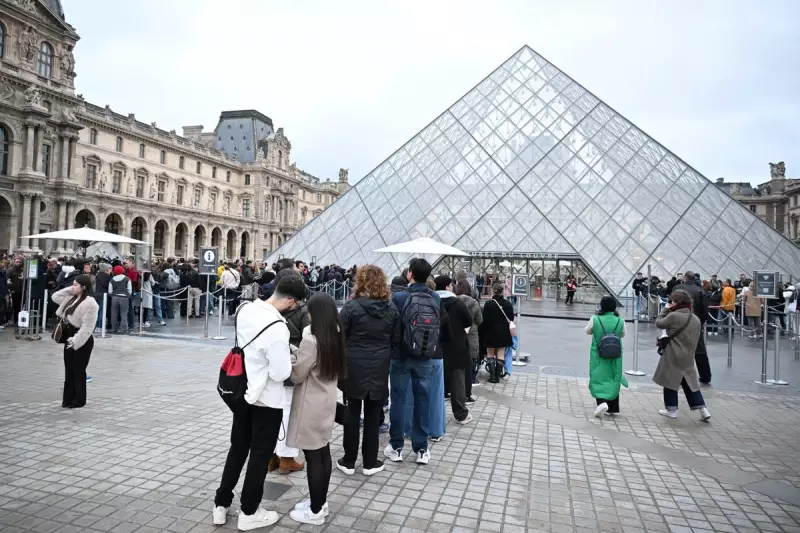
In a landmark decision that rewrites art history, Paris's legendary Louvre Museum has begun returning precious Renaissance masterpieces to Italy - more than two centuries after Napoleon Bonaparte's armies looted them during military campaigns.
The Emperor's Plunder
The controversial artworks, including magnificent paintings and religious panels, were systematically stripped from Italian churches and collections by French troops under Napoleon's command between 1796 and 1814. For generations, these cultural treasures have formed a celebrated part of the Louvre's permanent collection, despite their contested origins.
"This represents a significant moment of reckoning for European museums," explained art historian Dr. Isabelle Laurent. "For too long, we've admired these works while ignoring their violent acquisition. The Louvre's decision sets a powerful precedent."
Masterpieces Heading Home
Among the returned works is Girolamo Mazzola Bedoli's "The Holy Family with Saint Francis", a stunning Renaissance altarpiece originally created for a church in Piacenza. The painting, like many others, was seized during Napoleon's Italian campaigns and transported to Paris to glorify the French Empire.
The restitution process follows years of diplomatic negotiations between France and Italy, with cultural ministers from both nations hailing the agreement as a new era of cooperation.
A Changing Museum Landscape
This historic move comes as major institutions worldwide face increasing pressure to address colonial-era acquisitions and wartime looting. The Louvre's decision signals a shift in how museums approach their collections' problematic histories.
"Museums can no longer simply be treasure houses - they must be ethical custodians," noted cultural heritage expert Professor Jean-Michel Dupont. "This restitution acknowledges that great art has a homeland, and sometimes that's where it truly belongs."
What This Means for Art Lovers
While visitors to the Louvre will notice these absences, museum directors assure the public that the returned works will be replaced with other significant pieces from the collection. The museum plans educational displays explaining the history of the restitution process.
The agreement also includes provisions for future cultural exchanges and joint exhibitions, ensuring that these masterpieces remain accessible to international audiences while rightfully returning to their countries of origin.





